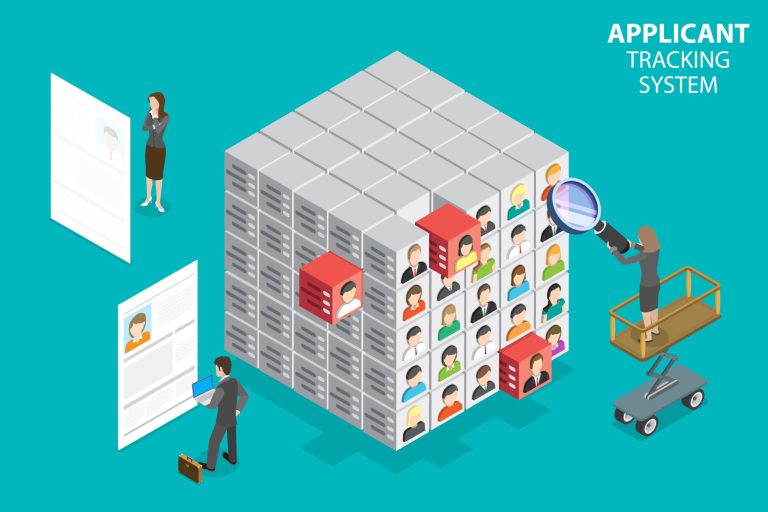There are three fundamental barriers to change that you need to overcome.
Part One
Context
Tom Hanks, in his Oscar-winning performance as a FedEx employee in “Castaway”, survives a plane crash in the South Pacific and is marooned on an uninhabited island for four years. His many attempts at escape via makeshift rafts are frustratingly thwarted as powerful waves drive him back to shore.
Using this analogy, in the conceptual illustration below, I show the typical trajectory from legacy based transactional change to transformative change, highlighting what I consider to be three of the fundamental barriers that often derail successful change efforts in many teams and organisations.
I will, in the next of this series of three articles, expand on the nature and characteristic of these three barriers, and suggest specific actions to overcome them.
This illustration represents the positive forward momentum (intent) of transformative change in teams and organisations, and the inverse, debilitating effect that these three critical barriers can have on successful change strategies.
Without understanding, identifying and effectively overcoming these barriers, we waste precious time and financial resources in our attempts at implementation strategies.
Organisations often not only grapple with the science and application of building effective teams and organisations but also fail to address the “elephant in the room”, that is, the inherent cultural barriers that slow down, inhibit or even block successful change implementation strategies. These are often legacy-based systemic issues, such as tolerance of non-conformance, favouritism, nepotism, poor leadership, etc.
Many business leaders have voiced their frustration at the seeming inability of the organisation to effectively manage these change processes that are so fundamental to the organisation’s future success.
Without wanting to simplify the complex mix of dynamics involved in successfully leading enterprise-wide change, let’s examine the first of the three fundamental barriers to successful change efforts.
Barrier #1: A lack of understanding, direction and identity
The mere mention of the Fourth Industrial Revolution(4IR), the Internet of Things (IoT) and Artificial Intelligence (AI) is often enough to get people’s eyes rolling.
The reality is that we are in the midst of a radical transformation in technological and robotic advancement that will require a re-examination of how learning and development (L&D) professionals provide the upskilling and reskilling (and often unlearning) of staff for a radically changed future workplace environment.
These radical changes have placed a greater onus on businesses to redefine their core purpose, business plan, strategic intent, and value proposition, and ensure that all staff, particularly customer-facing staff, understand every facet of the business. Clarity at every level is needed.
It also requires that learning and development professionals re-examine every facet of their strategies to ensure the balance between skills acquired and future business needs.
Example of strategic clarity
My daughter was recently involved in an unfortunate and rather serious motor vehicle accident. I made the call to my insurance company, and the call centre operator was sincerely very concerned with my daughter’s wellbeing.
She paused our conversation and asked to speak with my daughter, who was being tended to by paramedic staff at the scene of the accident. After a conversation with my daughter, she called me back to ask for the administrative policy details, but not before offering a rented car and counselling assistance.
What a difference! She understood the organisation’s value system and was exceptionally well trained and compassionate enough to handle the trauma associated with a serious motor vehicle accident.
That’s excellence – knowing the organisation and its purpose and having a clear line of sight with that purpose and her own role in the business.
Practical approaches to overcoming Barrier #1
Whilst understandably not exhaustive, I have found the following four steps a useful guide to overcoming this barrier;
1. Create forums for discussion where staff and managers can meet in an informal setting to discuss their conceptual understanding of business fundamentals such as: Why do we exist as a business? What is our purpose? What is our business model?
2. Clarify team and individual line of sight with business objectives. Get your structure aligned with the strategic focus.
3. Map the inter-relationship of accountabilities in teams. One of the most useful team alignment exercises is to conduct an exercise that maps out the inter-relationships of accountabilities between team members and ensures clarity, eliminates ambiguity, confusion and any possible task duplication.
4. Encourage open, transparent and courageous conversations that forward the momentum for collaboration and innovation.
Each team member is at a different level in their own personal growth and development journey, and getting to the stage where individuals are comfortable having direct and courageous conversations with others requires a level of emotional maturity and a step-up in terms of personal accountability.
It also requires a unique style of agility from the team leader. In Part Three of this series, I introduce exciting new research in this regard that I believe is THE pivotal issue in successful change management.
This is expanded upon in our second article in this series.
Michael Taylor is an experienced global facilitator, management consultant, and executive coach. He has spent the past 25 years researching and implementing culture change strategies, building world-class teams and developing global leaders. Mike will be speaking at the COMENSA/KNOWLEDGE RESOURCES COACHING AND MENTORING CONFERENCE at the Gautrain Radisson on 17 October 2019.



























